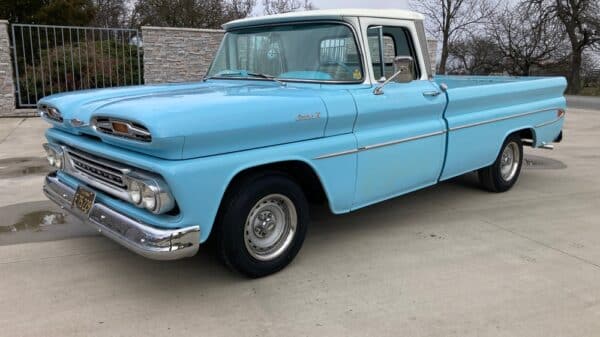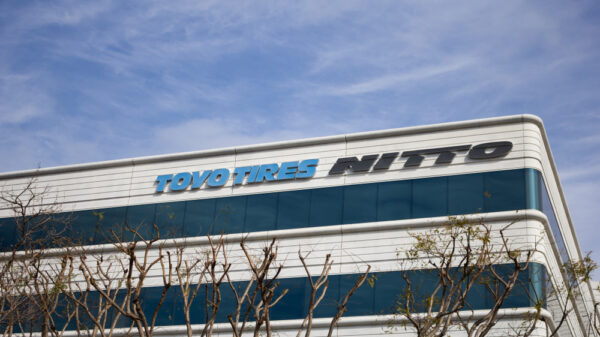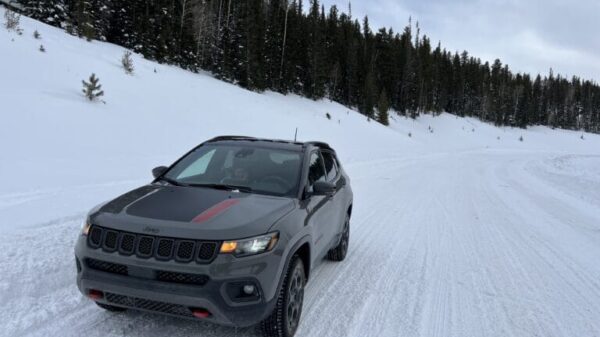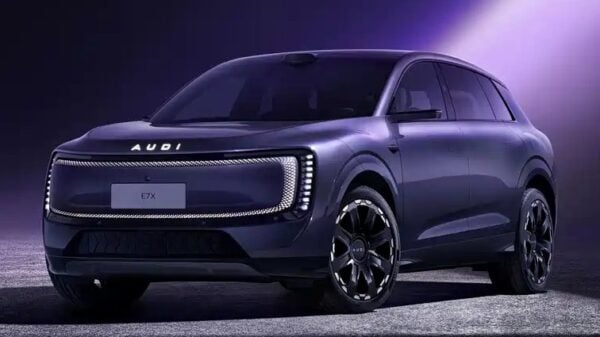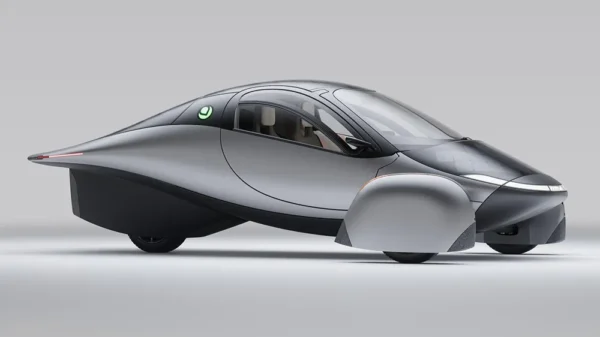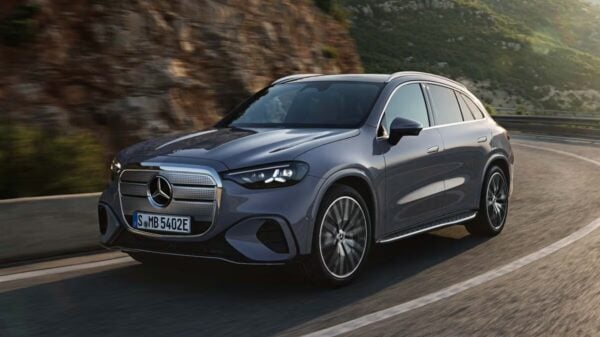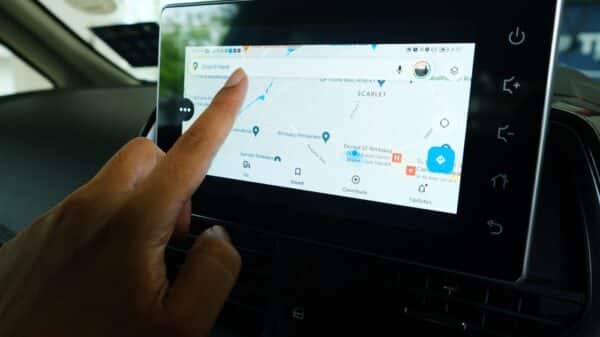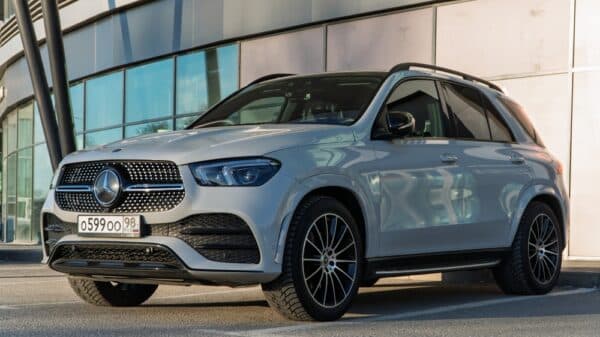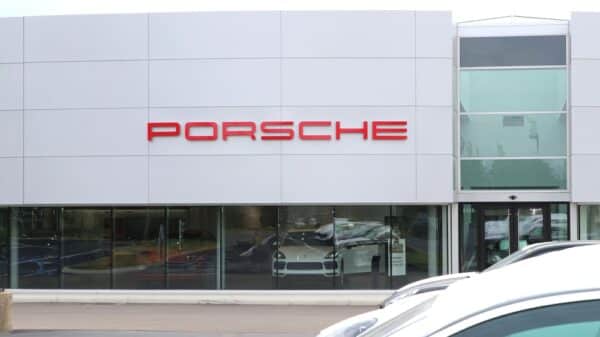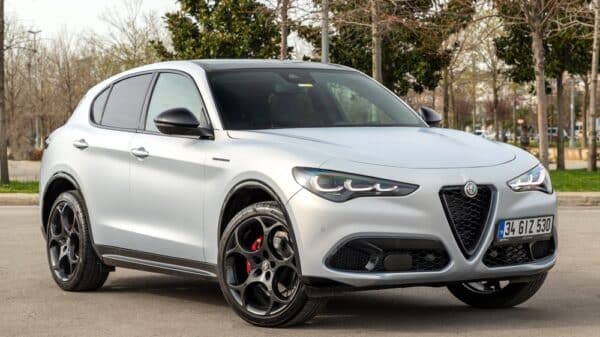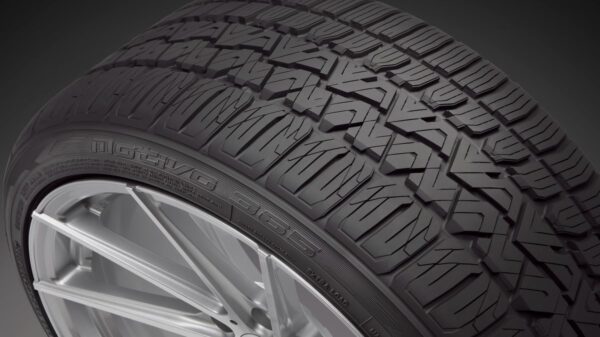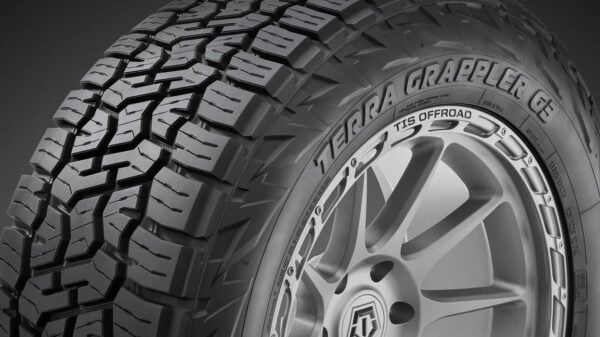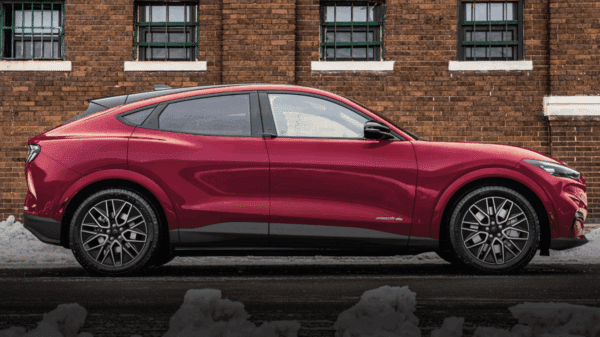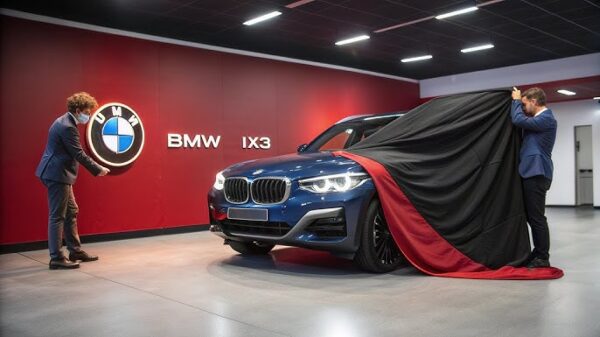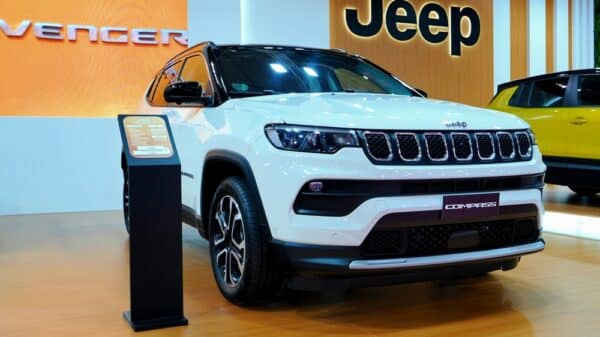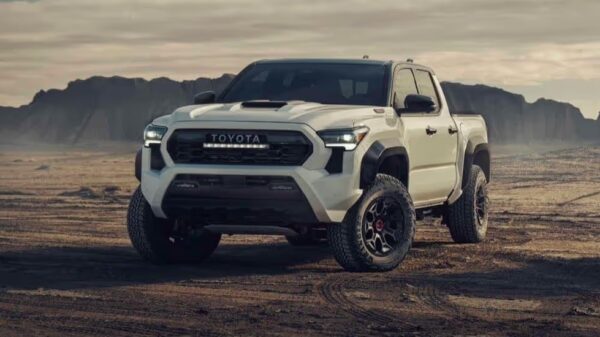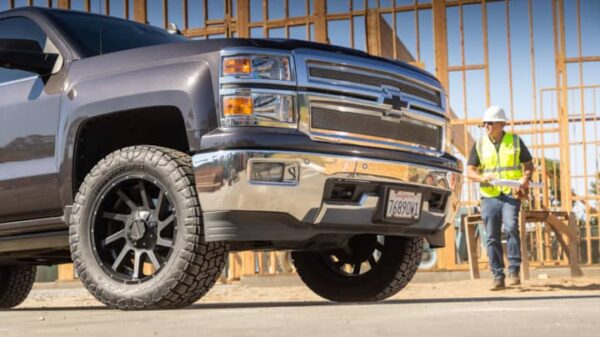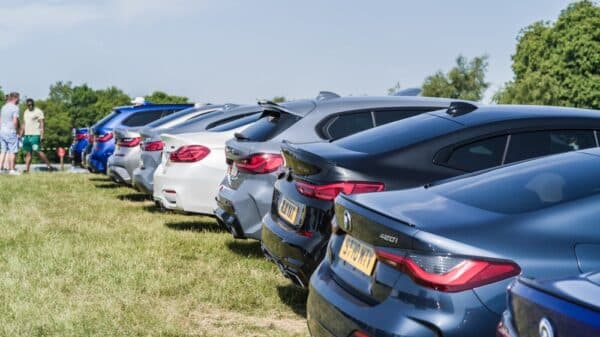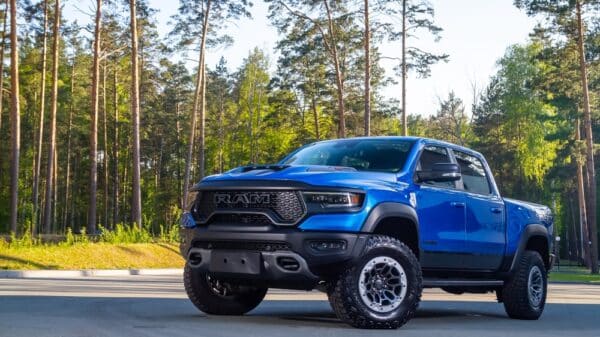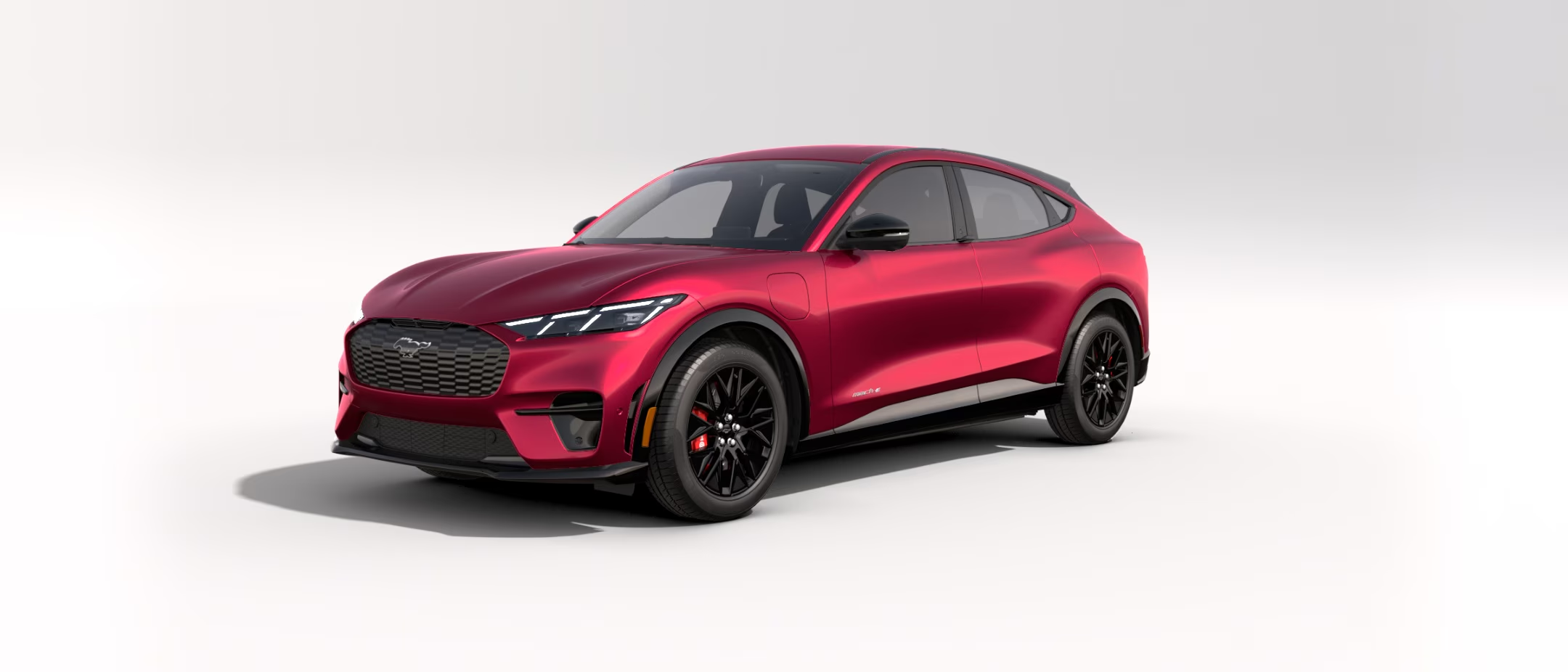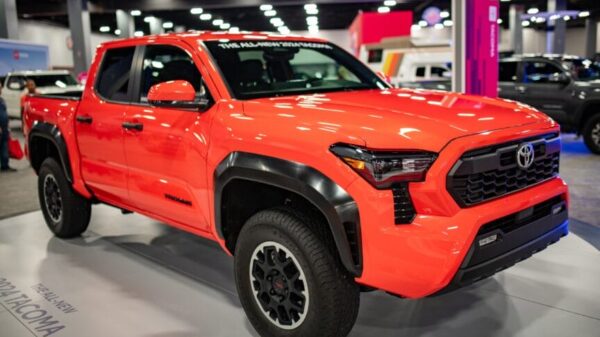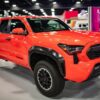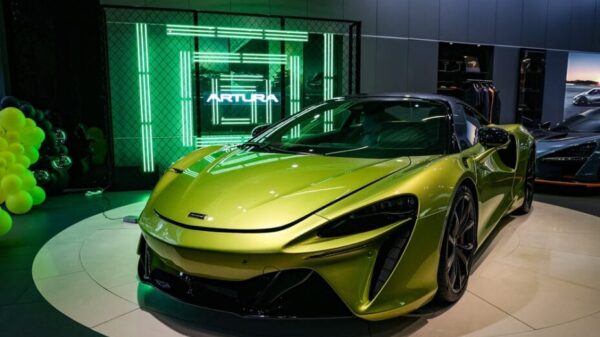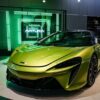In a recent TikTok video, Ford salesman Jonathan passionately introduces the 2025 Mustang Mach-E, describing it as a compelling alternative to the Tesla Model Y. His demonstration is not just about showcasing the car; it also serves as a timely reminder for potential buyers about the impending expiration of a valuable tax credit. But how does the Mach-E stack up against its Tesla competitor when put under the microscope?
The featured vehicle is currently on display at Toothman Ford in Grafton, West Virginia, and is marketed not as a flashy choice but as a robust and reliable option for consumers wary of a Tesla purchase.
A Competitive Edge
Jonathan declares the Mach-E superior to the Tesla Model Y, emphasizing the urgency to purchase before the federal $7,500 tax credit runs out on September 30. This model, a 2025 Premium edition with extended-range battery and dual-motor all-wheel drive, boasts a vibrant Eruption Green exterior complemented by the Sport Appearance Package. With features like LED headlights, Brembo brakes, and stylish flush-button door handles, the Mach-E embraces some of the aesthetic advancements pioneered by Tesla.
Inside, the Mach-E offers a modern cockpit equipped with red-stitched upholstery, a thoughtfully designed center console for added cargo space, and a substantial SYNC-powered touchscreen that centralizes many functionalities. Modern digital displays are standard, while Ford’s BlueCruise technology in version 1.3 enhances the driving experience with improved lane-centering and smoother acceleration.
Maximizing EV Incentives
The Ford Mustang Mach-E is priced at an MSRP of $53,175, but dealership incentives can provide a savings bump. Jonathan notes that the vehicle is available at invoice pricing, roughly $1,000 off, in addition to a regional rebate of $1,500 available in the Pittsburgh area. Furthermore, it qualifies for the full $7,500 federal clean vehicle tax credit—an opportunity that may soon become limited.
With the Inflation Reduction Act coming into play, new rules related to sourcing and battery components will tighten starting October 1, potentially disqualifying several EVs, including certain Mach-E trims, from receiving the tax credit. As stated by the U.S. Department of Energy, the Mach-E can still qualify for this credit if purchased and delivered by the end of the month.
Maneuvering Through Comparisons
For consumers contemplating their next electric vehicle, the Ford Mustang Mach-E and Tesla Model Y present closely contested options across various specs and pricing, with each car demonstrating unique strengths. The Mach-E Premium AWD offers an EPA-estimated range of 300-320 miles, which is competitive with the Tesla Model Y Long Range’s maximum of approximately 310 miles.
Both vehicles come equipped with all-wheel drive and an extensive array of driver assistance features. While Tesla utilizes its widely recognized Autopilot system, Ford incorporates BlueCruise for hands-free driving. In terms of interior design, the Mach-E diverges from Tesla’s minimalistic approach, offering physical buttons for controls—an attractive feature for many drivers who prefer not to exclusively use touchscreens.
Access and Infrastructure
Tesla continues to lead the industry in charging infrastructure with its extensive Supercharger network. However, Ford is making strides by allowing its customers access to certain Supercharger locations via adapters effective from July 2024, with broader compatibility expected soon thereafter. This development could enhance the convenience for Mach-E owners traveling long distances.
Although Tesla excels in rolling out faster over-the-air software updates and has a proven resale value track record, Ford’s dealership network can offer a level of customer service and ease of access that some buyers might prefer. For those deterred by Tesla’s direct sales model, the more traditional dealership experience provided by Ford could be more appealing.
In conclusion, as the deadline for EV tax credits approaches, potential buyers must weigh their options carefully between the Ford Mustang Mach-E and the Tesla Model Y. Each vehicle presents distinct advantages, and both are solid contenders in the growing electric vehicle market.


